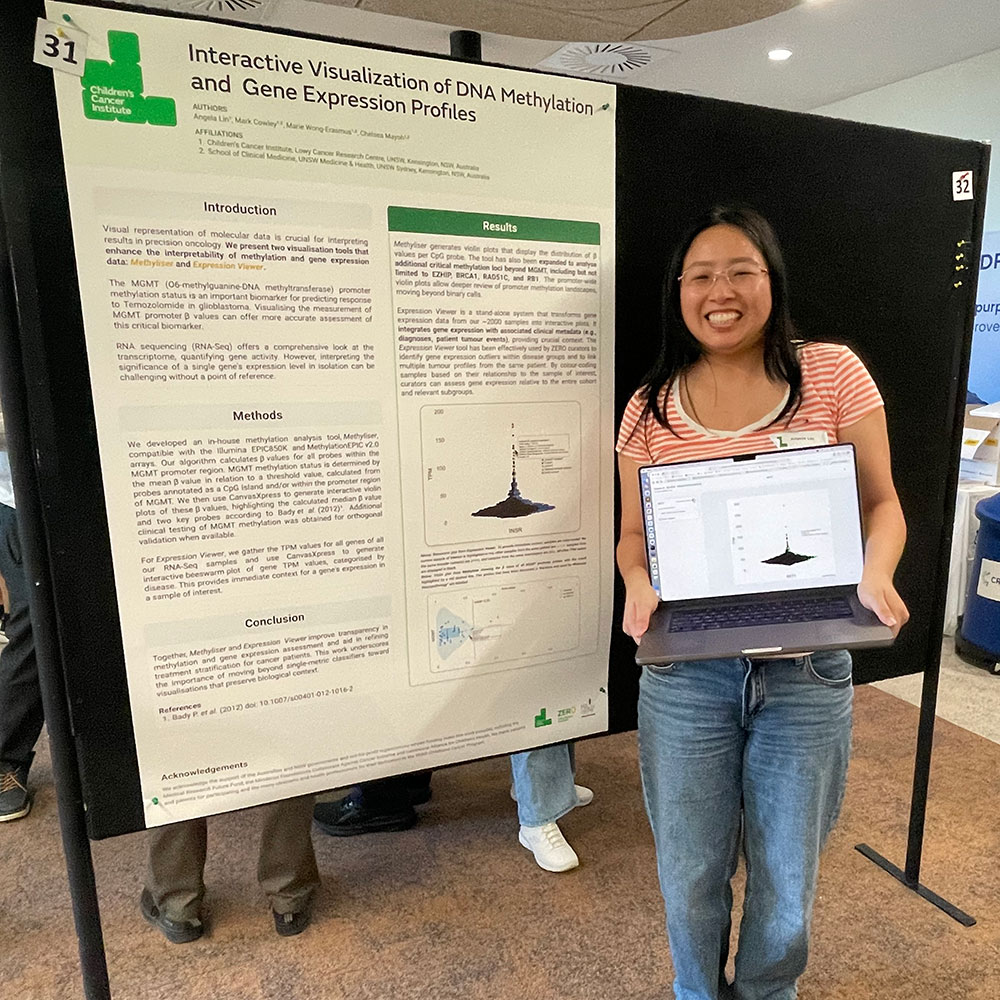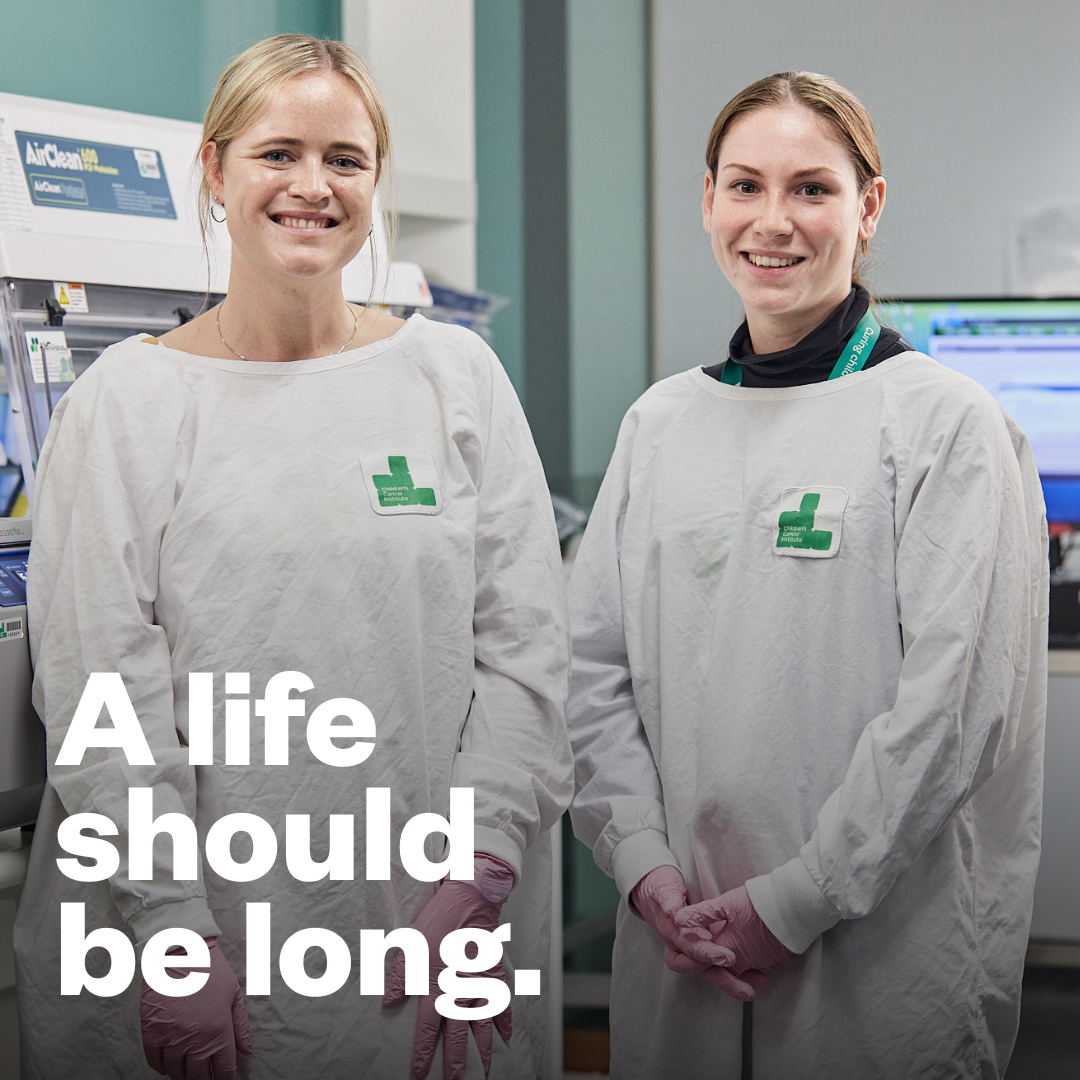
Researchers at Children’s Cancer Institute have discovered what could prove a new and improved way to treat the poor-prognosis blood cancer, acute myeloid leukaemia or AML.
Unlike acute lymphoblastic leukaemia (ALL), the most common childhood cancer, AML is notoriously difficult to cure, often proving resistant to standard treatments. The researchers have been investigating what they believe to be the root cause of treatment resistance, leukaemia stem cells, and have now hit upon a new therapeutic approach that works by targeting these cells.
Stem cells are special cells that are not only capable of giving rise to different types of cells, but also of copying themselves indefinitely in a process known as self-renewal. If stem cells in the blood become cancerous, they can multiply out of control, causing leukaemia. And while ever leukaemia stem cells remain in a child’s body, that child remains at risk of relapse.
“Leukaemia stem cells have their own protective mechanisms that make them resistant to anticancer drugs”, explains lead researcher Dr Jenny Wang, head of the Cancer and Stem Cell Biology Group. “After chemotherapy, if even one leukaemic stem cell is left alive, it can regenerate and the disease can come back.”
The new treatment approach, published this month in one of the world’s leading cancer research journals, Cancer Cell, works by disrupting the ability of leukaemia stem cells to self-renew. Specifically, it uses an antibody treatment (anti-RSPO3) to interfere with the interaction between two key molecules thought to drive the self-renewal process.
Using highly specialised laboratory models – mice growing cancer cells taken directly from patients with AML – the researchers found that the treatment not only markedly reduced the amount of leukaemia, but also prevented new leukaemia cells from growing. Importantly, it did not harm healthy stem cells, which children treated for AML need to reconstitute their blood system after treatment.
Best of all, the new targeted therapy has the potential to replace intensive chemotherapy – the cause of serious long-term side effects. Following more preclinical studies, the researchers hope to see the therapy progress to clinical trial and prove effective in children with AML.
“This disease is very tough, and the survival rate is low,” says Dr Wang. “We really need to find a cure.”














